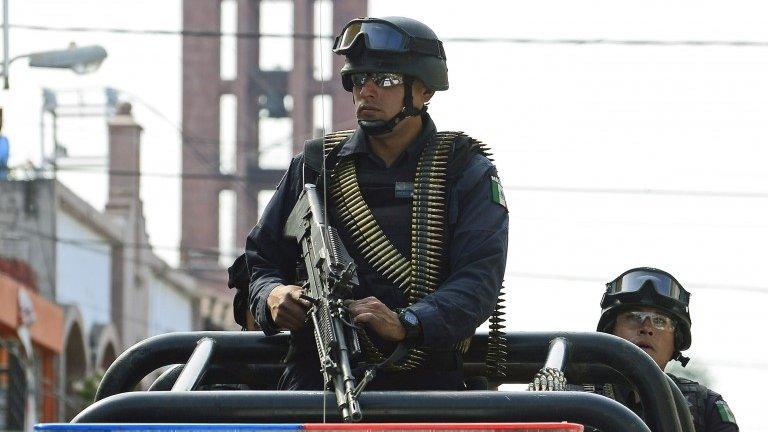Mexico insists 43 missing students are dead
- Published

The case of the missing students has been taken up by protest groups in many parts of the world including the United States.
Mexico's attorney general says he can prove what happened to 43 students who disappeared in the southern state of Guerrero in September.
Jesus Murillo Karam said his team had interviewed 99 people including members of the criminal gang whom he alleges murdered the students.
Correspondents say it is the first time he has declared all the students dead.
Parents reacted angrily, saying that without proof, they would continue to believe their children were alive.
Mr Murillo Karam insisted that the students were killed by the gang and their bodies burnt at a rubbish dump - an explanation which relatives of the disappeared have rejected.
He said his team had 39 confessions from police and from members of the gang.
The remains of only one student have been identified so far after badly burnt bones were sent to a laboratory in Austria for DNA analysis.
The laboratory said it was impossible to identify any others because of the bad condition of the remains.
Key witness
Mr Murillo said his information was based on 386 declarations from interviewees, 16 police raids and two reconstructions.
He said a key witness was Felipe Rodriguez Salgado, otherwise known as "El Cepillo", a member of the criminal gang who is alleged to have taken part in the kidnapping, murder and disappearance of the students.
"The evidence allows us to determine that the students were kidnapped, killed, burned and thrown in the river," said Mr Murillo.
He said evidence of gas, diesel and burnt rocks and steel from the inside of tyres at the scene proved this had taken place.
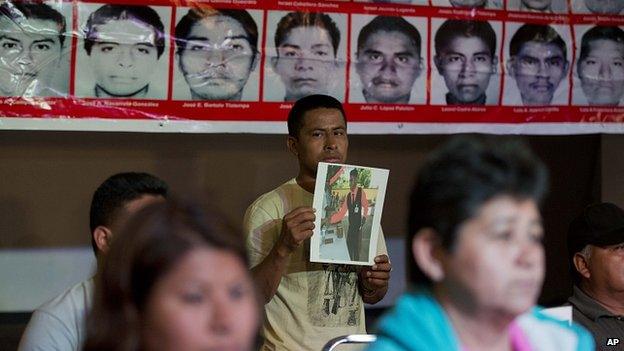
Relatives say there is still not enough proof to declare the students dead
He also said forensic research showed the fire would have been hot enough to burn all 43 bodies - a view which has been disputed by Mexican scientists.
Relatives of the disappeared have been sceptical about government explanations over what happened.
At an emotional news conference on Tuesday, parents accused the government of trying to end the investigation.
"We don't believe anything of what they say," said Carmen Cruz, whose 19-year-old son Jorge is one of the disappeared students.
"We are not going to allow this case to be closed."
The lawyer representing the families, Vidulfo Rosales, presented a 10-point argument explaining why they believe the investigation should continue.
Families say there has been a lack of conclusive forensic results.
Mr Rosales said that several key suspects were still at large and that, if detained, they could shed new light on the official version of events.
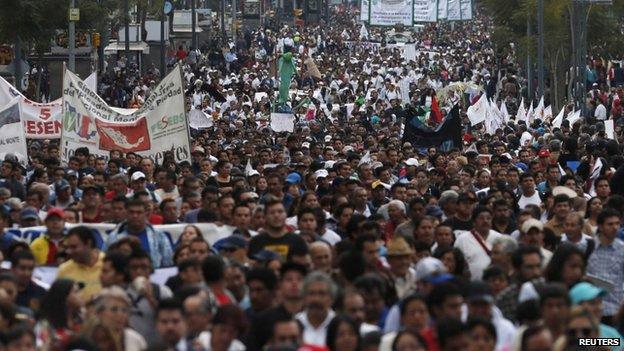
Thousands of people joined Monday's March in Mexico city to call for justice in the case of the 43 missing students.
On Monday, relatives of the students led a huge march in Mexico City demanding government action and concrete proof of what had happened.
They maintain that the military based in Iguala would have known about the arrival of the students in the town and what happened to them.
They have campaigned to gain access to inspect army barracks where they allege students might have been taken.
But at his press conference, Mr Murillo said "there was not a shred of evidence" that the army were involved.
Alexander Mora is the only student to have been identified so far, after his remains were taken for DNA tests at a forensic centre in Austria.
He was in his first year of studies at the rural teacher training college in Ayotzinapa, a college with a tradition of left-wing political activism.
Alexander Mora was part of a group of students who travelled to the nearby town Iguala on 26 September and, as part of a protest, commandeered a number of buses.
On their way back to their college the students were intercepted by police allegedly on the orders of the local mayor.
The attorney general has argued the police handed the students over to a criminal drug gang who mistook them for a rival group and executed them.
- Published7 December 2014
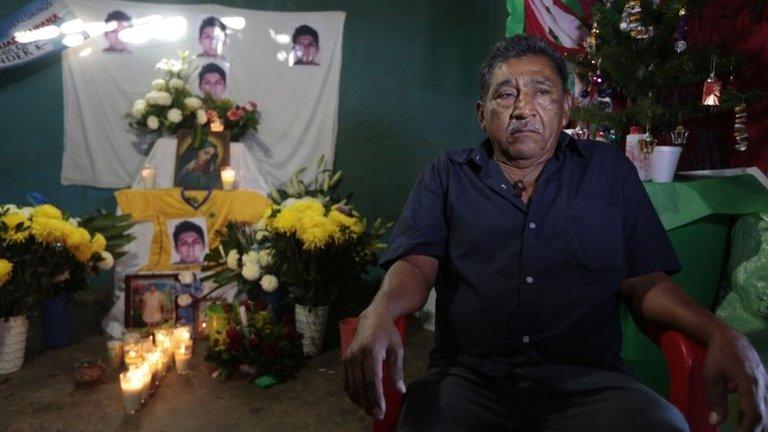
- Published30 November 2014
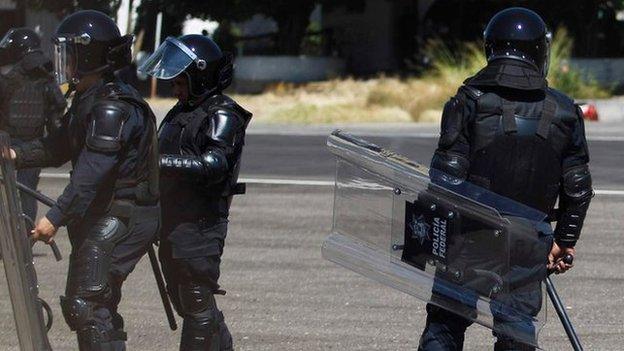
- Published9 December 2014
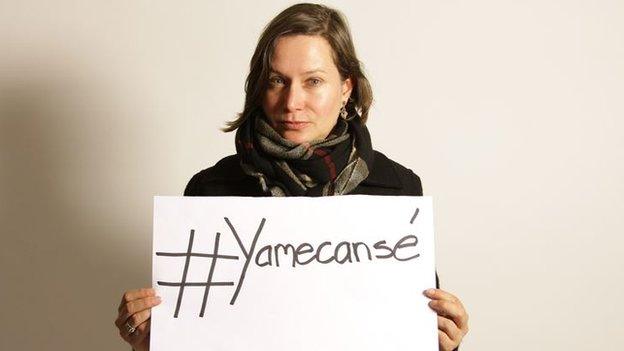
- Published13 November 2014
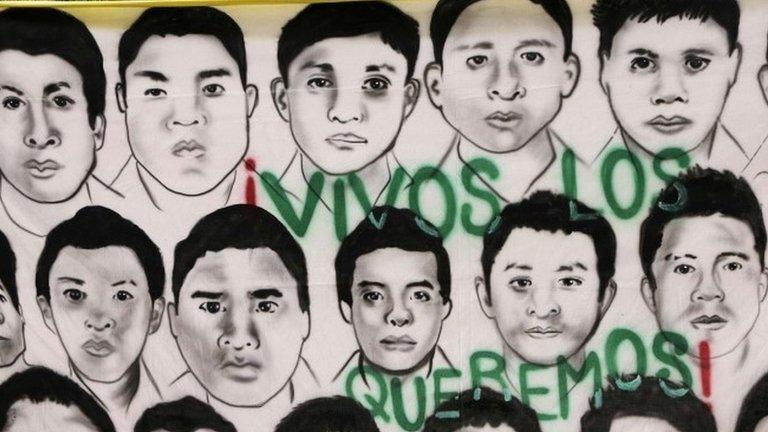
- Published16 May 2014

- Published10 February 2014
